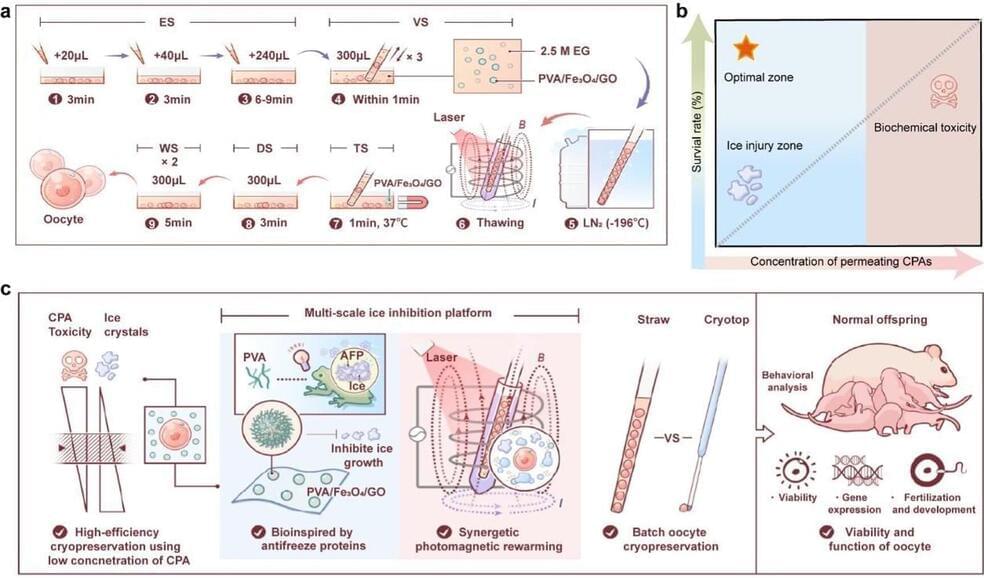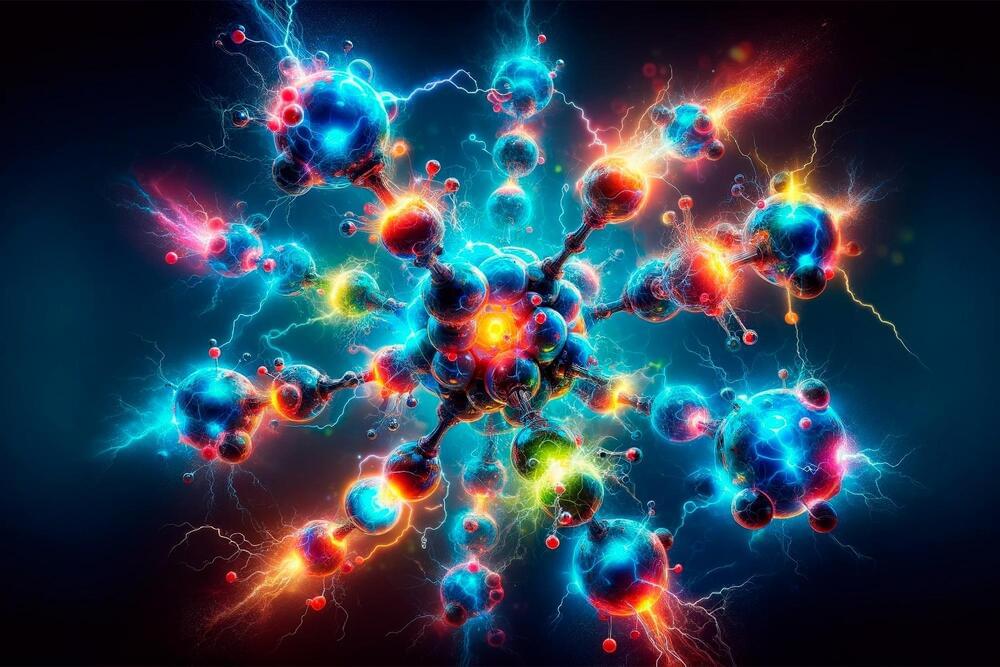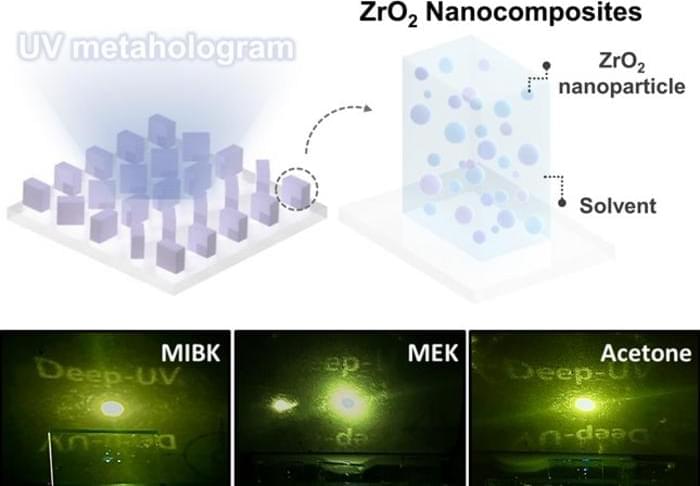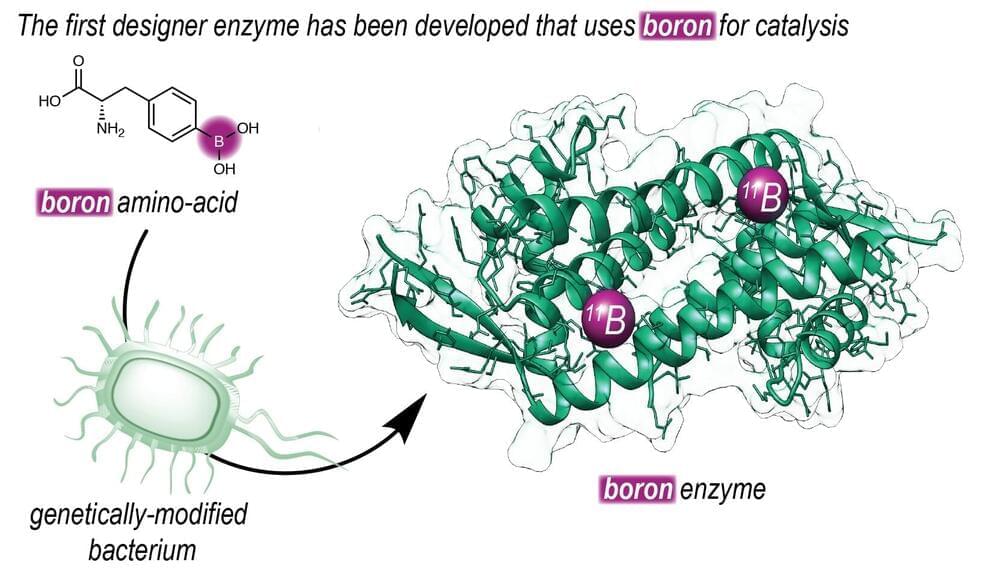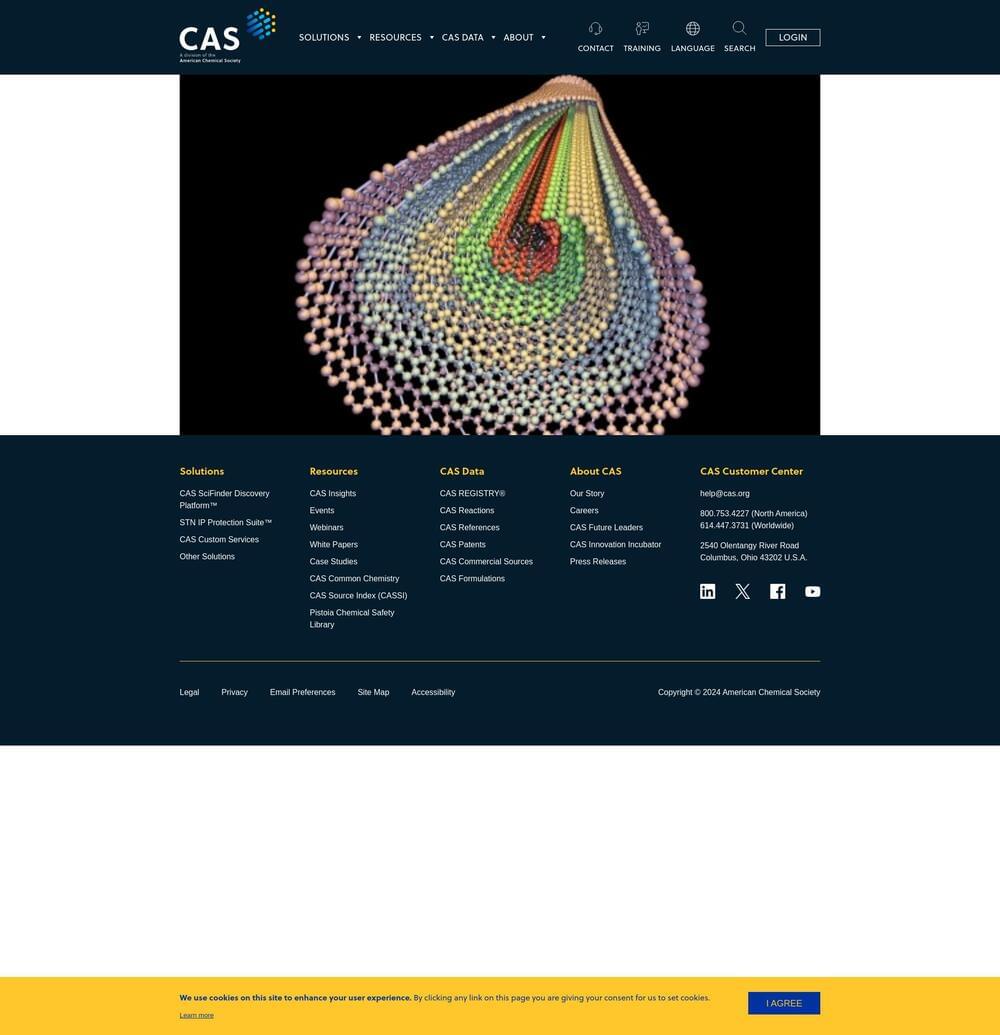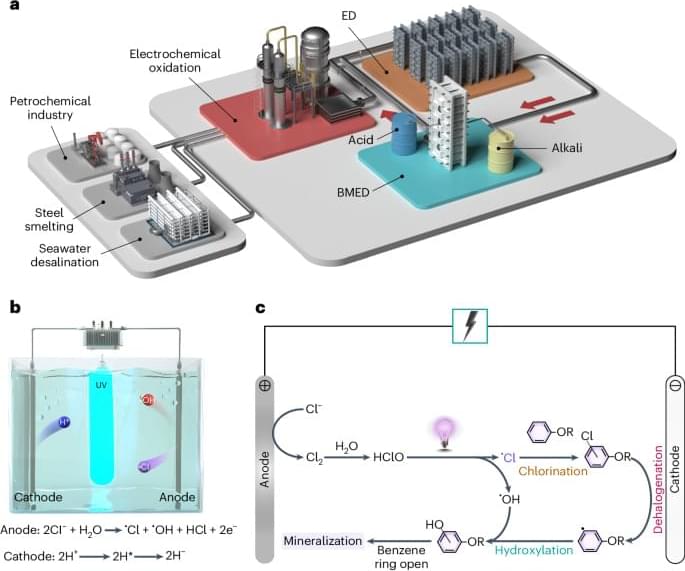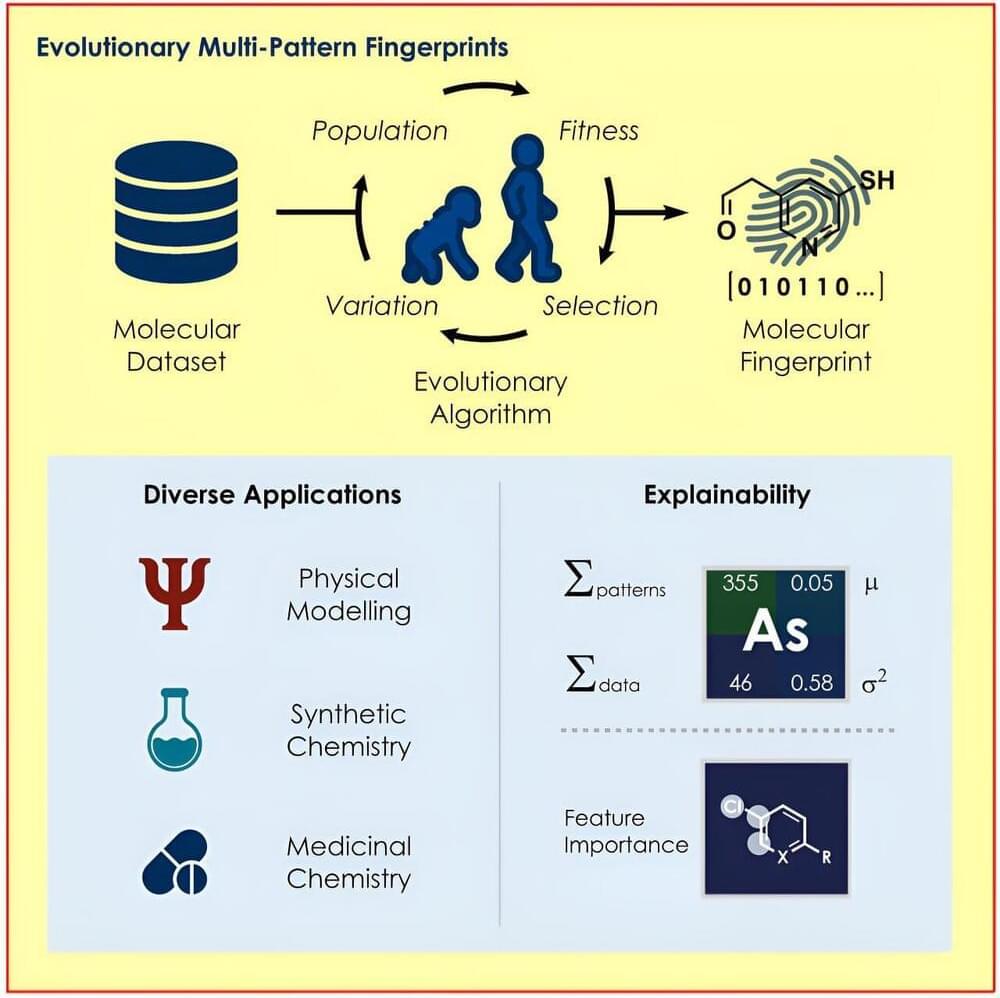
Adopting electrostatic assembly processes where the nanoparticles attach themselves to an oppositely charged surface is a possible way out of this dilemma. Once a monolayer is formed, the nanoparticles self-limit further assembly by repelling other similarly charged nanoparticles away from the surface. Unfortunately, this process can be very time-consuming.
While artificial methods struggle with these drawbacks, underwater adhesion processes found in nature have evolved into unique strategies to overcome this problem. In this regard, a team of researchers from Gwangju Institute of Science and Technology, led by Ph.D. student Doeun Kim (first author) and Assistant Professor Hyeon-Ho Jeong (corresponding author), developed a “mussel-inspired” one-shot nanoparticle assembly technique that transports materials from water in microscopic volumes to 2-in. wafers in 10 seconds, while enabling 2D mono-layered assembly with excellent surface coverage of around 40%. Their work was published in Advanced Materials on April 18, 2024, and highlighted as a frontispiece.
“Our key approach to overcome the existing challenge came from observing how mussels reach the target surface against water. We saw that mussels simultaneously radiate amino acids to dissociate water molecules on the surface, enabling swift attachment of the chemical adhesive on the target surface. We realized that an analogous situation where we introduce excess protons to remove hydroxyl groups from the target surface, thus increasing the electrostatic attraction force between the nanoparticles and the surface and accelerating the assembly process,” said Ms. Kim when asked about the motivation behind the unique nature-inspired approach.
